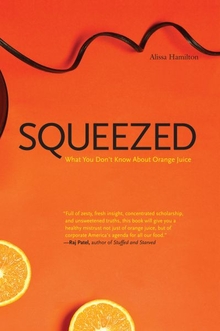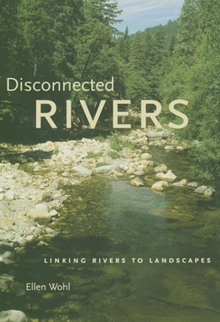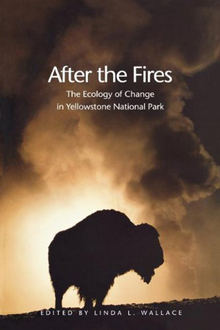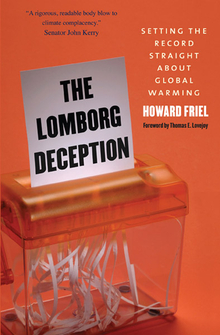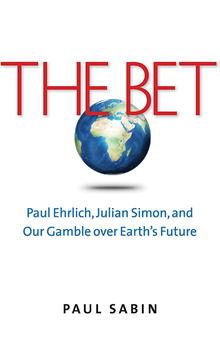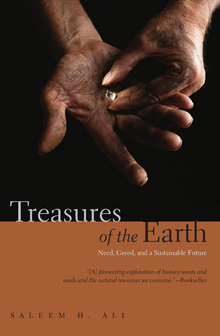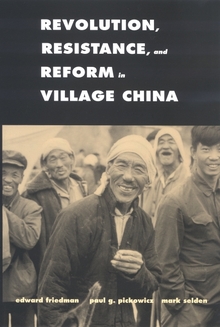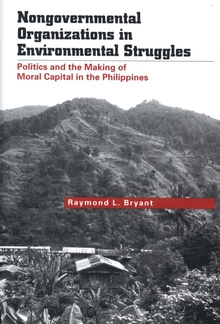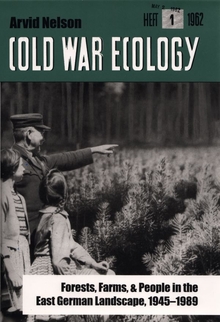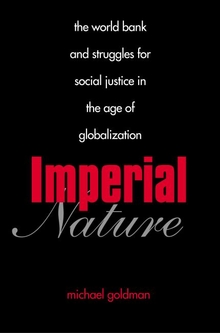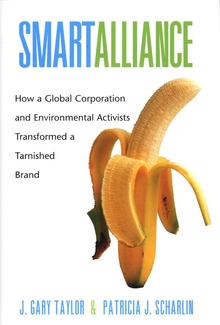A Golden Weed
WARNING
You are viewing an older version of the Yalebooks website. Please visit out new website with more updated information and a better user experience: https://www.yalebooks.com
Tobacco and Environment in the Piedmont South
Drew A. Swanson
An exploration of the rise of the crop strain that came to dominate the American tobacco industry and its toll on the Southern landscape that produced it
Drew A. Swanson has written an “environmental” history about a crop of great historical and economic significance: American tobacco. A preferred agricultural product for much of the South, the tobacco plant would ultimately degrade the land that nurtured it, but as the author provocatively argues, the choice of crop initially made perfect agrarian as well as financial sense for southern planters.
Swanson, who brings to his narrative the experience of having grown up on a working Virginia tobacco farm, explores how one attempt at agricultural permanence went seriously awry. He weaves together social, agricultural, and cultural history of the Piedmont region and illustrates how ideas about race and landscape management became entangled under slavery and afterward. Challenging long-held perceptions, this innovative study examines not only the material relationships that connected crop, land, and people but also the justifications that encouraged tobacco farming in the region.
Drew A. Swanson has written an “environmental” history about a crop of great historical and economic significance: American tobacco. A preferred agricultural product for much of the South, the tobacco plant would ultimately degrade the land that nurtured it, but as the author provocatively argues, the choice of crop initially made perfect agrarian as well as financial sense for southern planters.
Swanson, who brings to his narrative the experience of having grown up on a working Virginia tobacco farm, explores how one attempt at agricultural permanence went seriously awry. He weaves together social, agricultural, and cultural history of the Piedmont region and illustrates how ideas about race and landscape management became entangled under slavery and afterward. Challenging long-held perceptions, this innovative study examines not only the material relationships that connected crop, land, and people but also the justifications that encouraged tobacco farming in the region.
Drew A. Swanson is assistant professor of history at Wright State University in Fairborn, Ohio, where he teaches environmental history.
“How did such a valuable crop thrive on land so poor? Why did the earth melt from under the fortunes of planters? Drew Swanson gives answers in a history of bright leaf that is also about the fate of a southern region, a plant and its environment, and the rise of the cigarette.”—Steven Stoll, author of Larding the Lean Earth: Soil and Society in Nineteenth Century America
“This book is a history of tobacco agriculture that will add to recent scholarship on the environmental history of staple crop plantations in the U.S. South; it is a significant contribution to this effort to re-write the agricultural history of the South in environmental terms.”—Mart A. Stewart, author of “What Nature Suffers to Groe”
“A Golden Weed is agrarian history at its best. Avoiding convenient stereotypes, Swanson vividly demonstrates how bright-leaf tobacco farmers transformed the social relations and soils of the Piedmont South.”—Edward D. Melillo, Amherst College
“Swanson’s finely grained appraisal of bright tobacco culture revises familiar accounts of commodity-crop agriculture, weaving a compelling narrative of economics, race relations, and the land in the Virginia-North Carolina Southside.”—Sara M. Gregg, author of Managing the Mountains
“With his sure grasp of cultivation and deep insight into the social and ecological realities of growing bright-leaf tobacco, Swanson depicts a region degraded and impoverished not from simple ignorance or greed, but from a tragic inability to overcome economic and racial obstacles.”—Brian Donahue, co-editor of American Georgics: Writings on Farming, Culture, and the Land and author of The Great Meadow: Farmers and the Land in Colonial Concord
“…Drew Swanson’s A Golden Weed is [a] well-researched study of tobacco in the Old Bright Belt…Swanson examines tobacco’s environmental history and deep-rooted connections to the region’s culture.”—Dale Coats, NCHR
"A Golden Weed is thus both a cultural and an environmental history; Swanson is interested in ideas about land but also in the ways that the natural environment..."—Megan Kate Nelson, The Journal of American History
"A Golden Weed is well-written and engaging. . . . This book is suitable for courses in environmental history and American studies and accessible to general readers interested in a complex examination of a particular agricutlural product and region. It should, however, be of interest more widely because the lessons it contains continue to apply today."—Ann K. Ferrell, Journal of Historical Geography
“Swanson excels in delivering what his title promised: a rigorous exploration of why generations of farmer’s sacrificed the integrity of the landscape they loved to grow soil-depleting tobacco. His persuasive arguments about this key issue now make it essential for future historians of southern agriculture”—Adrienne Monteith Petty, American Historical Review
Won the Ohio Academy of History, for the junior faculty, 2015 Publication Award which is given “to an active member of the Academy” for an “outstanding publication in the field of history issued in the year preceding the annual meeting.”
Winner of the 2015 Theodore Saloutos Memorial Award from the Agricultural History Society for the year's best book on agricultural hisotry
Selected as a Choice Outstanding Academic Title for 2015, in the botany category.
ISBN: 9780300191165
Publication Date: August 12, 2014
Publication Date: August 12, 2014
360 pages, 6-1/8 x 9-1/4
14 b/w illus.
14 b/w illus.


